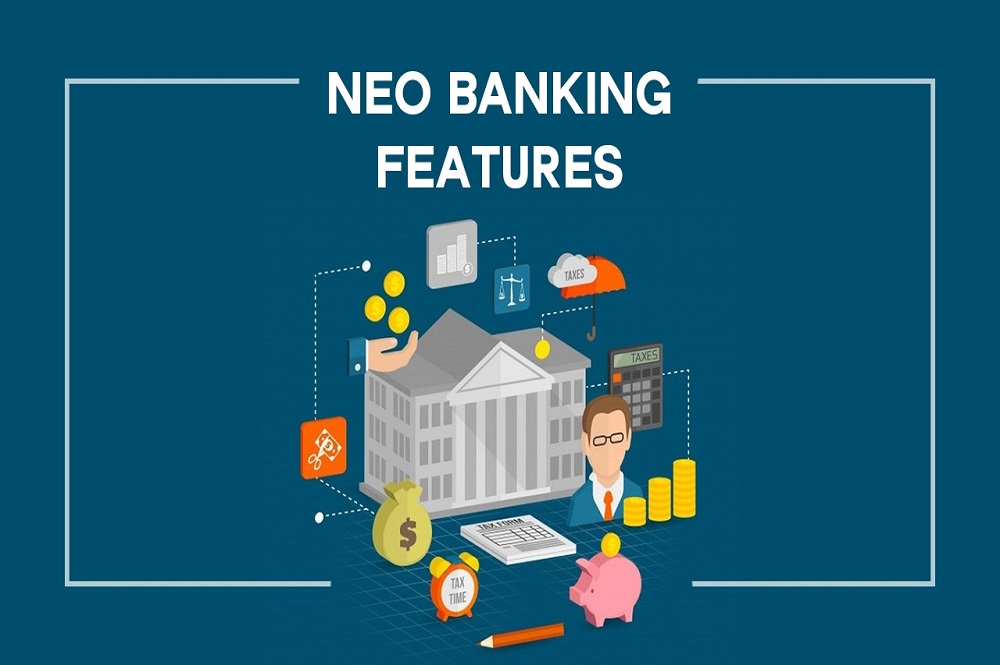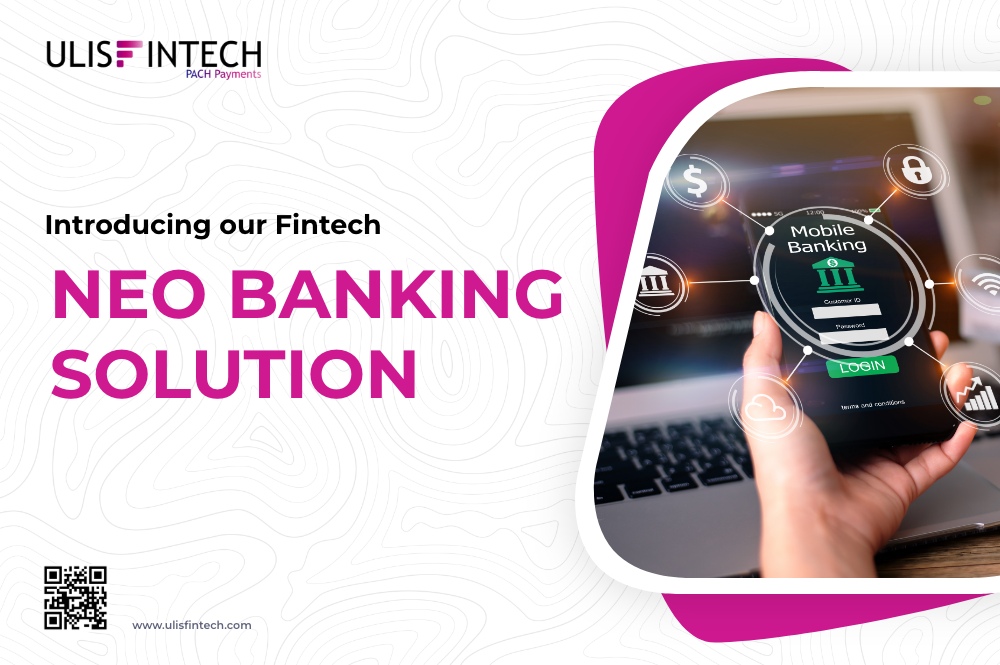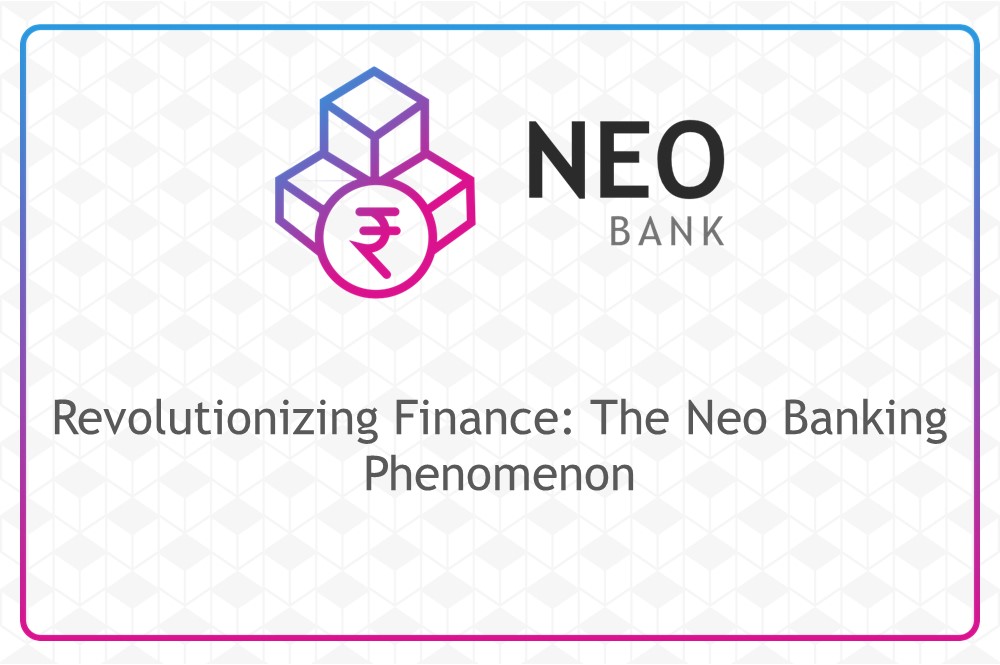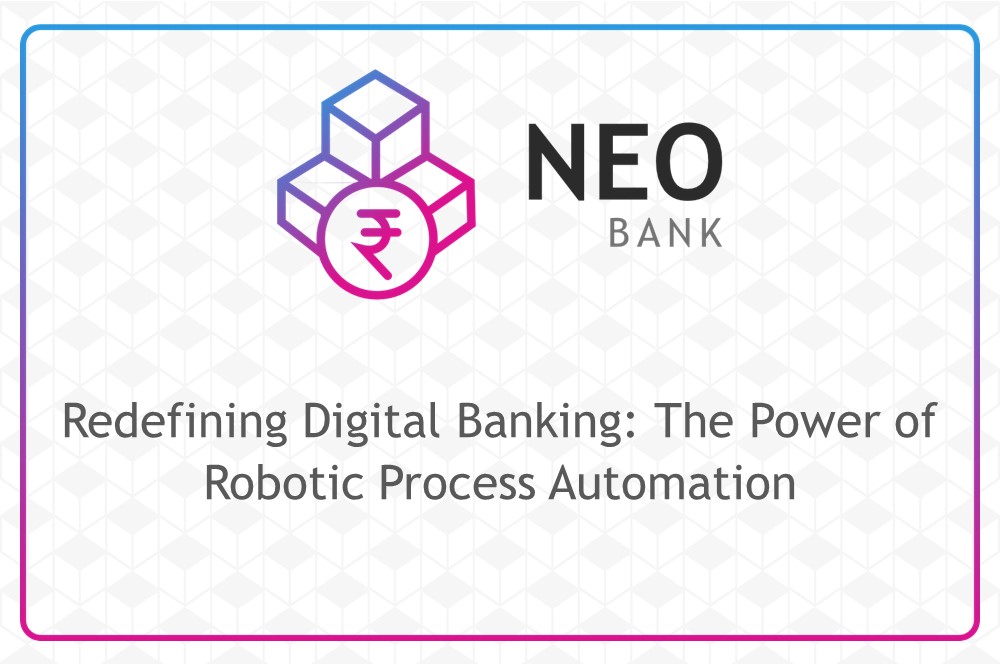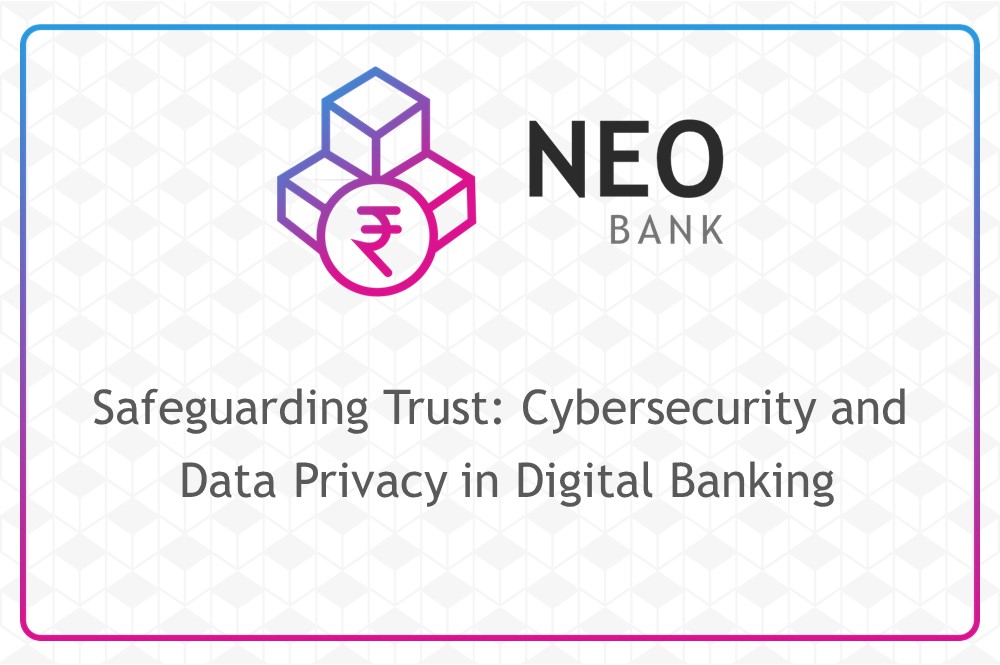Establishing the Record Straight - A Taxonomy of Digital First Banking
May 12, 2022 - 11 MINS READ

Establishing the Record Straight: A Taxonomy of Digital-First Banking
When it comes to digital banking, many phrases are flung about and used indiscriminately without regard for the technological complexities underlying them. The number of digital banks, neo banks, challenger banks, digital subsidiaries, embedded banks, and over-the-top banks is endless.
While there is some overlap between these categories and the overarching identity they adopt as "digital banks," the interesting part is figuring out what defines and distinguishes these phrases. With this blog, we put on the hat of the digital banking terminology police and attempt to clear the air on the many types of digital banks and what distinguishes them.
Defendants against Attackers
Like any good action/thriller film, there must be a huge evil terrifying challenge that the characters are attempting to overcome (read solve, in this scenario). The fundamental issue here is traditional banking, which is stymied by a hundred various pain points that we don't really need to get into at this moment. You get the idea.
Enter the protagonists of the narrative, the attackers and defenders. The attackers, a new-generation we-are-the-revolution attitude group, are the banking generation's fresh blood striving to do things their way, i.e., reinventing and revamping banking products and consumer experiences from the ground up.
On the other side of the field, we have the defenders, the old guard who have recognized the necessity to defend their territory and reappear as phoenixes from the ashes of traditional banking.
The Attackers - a group of young, wild, and free people.
Most of us are familiar with the heroic story of FinTech firms that set out to solve conventional financial services' problems - laborious procedures, obsolete technology, lack of transparency, excessive fees and prices – and portray themselves as the new faces of contemporary financial services. The two sub-groups that selected banking as their battlefield are challenger banks and neobanks.
The attackers are made up of both legal and unlicensed players. Both have their own set of benefits (and disadvantages).
Full-stack challenger banks are FinTech businesses with commercial banking licenses that run on modern cores (either created in-house or coupled with modern core banking technologies) and offer end-to-end digital-only banking services. They take pleasure in their independence and capacity to rebuild/reimagine banking in the twenty-first century as status quo challengers. Further categorization is possible as follows –
- Fully-licensed Independent Challenger Banks are companies that have been established from the ground up and have complete autonomy (albeit the role of venture capitalists in undermining this well-publicized autonomy is already being scrutinized) when it comes to creating their banking services. Being licensed provides them with superior unit economics as well as the legitimacy that comes with being a regulated organization. On the other hand, the lengthy licensing procedure may impede their potential to grow swiftly when compared to their unlicensed rivals.
- Corporate-backed Challenger banks are sponsored by well-established nonbank firms from a variety of industries that are aiming to broaden their activities. Within the bigger corporation, these banks operate as semi-autonomous departments. They capitalise on their parent companies' nonbank user experience and technological capabilities, as well as the perks of being licensed. Geographically, the most significant instances are from Southeast Asia and China, where such businesses have market oligopoly. This enables their banking subsidiaries to expand quickly and reach profitability.
- Specialist-licensed Challenger banks are companies that have licenses other than commercial banking licenses that restrict their operations in some way. For example, in the UK and Europe, an e-money institution license permits fintech businesses to store e-money deposits but not to lend. In order to gain access to banking products and interbank payment rails, these specialist-license holders may need to collaborate with a fully-licensed bank. Another example is the payment bank license granted in India along with similar principles.
The Front-end & Embedded Neo banks are the next group of attackers. These are unlicensed organizations that provide services in collaboration with licensed banks. The advantage of this business model is the flexibility to develop and expand quickly while focusing on the final product and user experience. The downsides include unfavorable unit economics and reliance on partner banks and technology suppliers to work effectively. Among the sub-categories are–
- Independent Neo banks are self-contained companies that operate on the backs of partner banks or in partnership with banking-as-a-service providers. They thrive on the freedom to provide financial services without the majority of the constraints that come with being a regulated bank.
- Non-bank Embedded Banking Propositions are another subgroup that has evolved in recent years as the interest in embedded finance has grown. The game here is not for nonbanks to go after the greater banking pie, but to give value-added financial services to their captive customer base inside the existing ecosystem. These banking solutions are more use case or client segment-specific, and they function similarly to neo banks. They do have the advantage of a captive user base to whom they may cross-sell financial services in order to increase revenue or minimize operational expenses.
The Defenders - Wise, Old, and Brave
Moving on to the other side of the coin, conventional banks have a rich and beautiful history that should not be forgotten. These banks have withstood the test of time and continue to do so by adapting to new banking practices. The cool kids may have a lot of energy, but it takes more than that to defeat the smart ones.
Banks are fully aware of the idea of business cannibalization. Banks have seen the impact of telephone banking, online banking, and mobile banking on their companies and have adapted appropriately. It is no different in the digital-first banking era.
Bank digital subsidiaries are semi-autonomous businesses that operate under the parent bank's license while offering distinct financial services to a new client base. Given the parent bank's knowledge and resources, the objective is to focus on previously untapped or neglected client categories that, in terms of cost and value, are more suited to a lean digital model. The healthy independence of the digital subsidiary's strategy from that of the parent firm appears a make-or-break moment. Many digital branches have stagnated or died as a result of their inability to divorce themselves from the parent entity's ideals. However, there have been notable triumphs that have helped them establish themselves as powerful digital banking units alongside their guardians.
EndNote
To conclude that this dramatic depiction of contending financial groups is the entire tale would be a somewhat one-dimensional approach. In actuality, the rivalry isn't leading to either side getting the better of the other, but rather to a level playing field for all of these stakeholders — old and new – to coexist and serve more and more customers who were previously excluded from the system.
